Why Do We Get Fat?
Estimated reading time: 5 minutes
Getting fat sucks. Everyone needs a certain amount of body fat to survive, but sometimes no matter what we do it seems we just accumulate it even when we’re trying not to. When the advice you’re constantly given is to simply “eat less and move more” by medical professionals or try a new diet by the media it can seem impossible to make progress, let along even find a place to start.
It would be too easy to simply say someone gains body fat by eating too much. While that’s true, there’s a little more to it. So, lets talk about why we get fat in the first place.
Are We Wired To Store Fat?
Yeah, we kinda are. We need some degree of body fat to survive. Body fat is an energy deposit of food we have consumed being stored. The body fat you have on you right now represents a caloric stockpile your body can tap in to at any point in time if you ran out of food tomorrow. This body fat would keep you alive long enough to find more food (hopefully).
There’s a natural process that occurs from the food we eat where our body sets a small amount of the fat we eat aside as something akin to “rainy day savings”. This is why even the healthiest person has some level of body fat. In an ideal scenario (and for most of human history) we are active enough and eating a moderate amount of food, so for the most part the “savings” don’t get to be more than a usable amount.
So, body fat serves a purpose in times of scarcity, but it also provides us a level of insulation against the external elements and a layer of protection from impacts as well as drives hunger signals.
Due to these reasons, we are wired to store fat easily to ensure we don’t die. Unfortunately there doesn’t seem to be a limit on the amount of fat we can actually store. Fat cells do swell until they can’t physically store anymore, but they also split and develop new ones.
This seems to explain how we can just keep accumulating body fat. The limit, if any really does exist seems to more be the impact the continual storage and division cycle has on other functions in the body. For example, when certain thresholds are reached it becomes harder for the heart to keep up with the demand placed on it rather than a physical storage limit being reached and a finite result occurring, like death, just because you hit the storage limit one day.
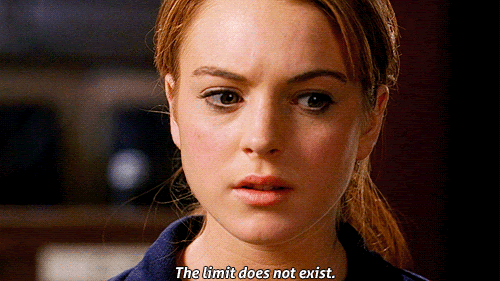
Understanding Calories
Calories are a unit of energy equal to the amount of heat needed to raise the temperature of one gram of water by one degree Celsius. In nutrition we are referring to kilocalories (KCal) which is the amount of energy needed to raise the temperature of one litre of water by 1 degree celcius. This is abbreviated to calories, but means kilocalories.
When we say that a certain food is 100 calories, we’re basically talking about the energy potential contained within the object. This is based off a standardised measurement of how many grams of each macronutrient the food contains. These are the proteins, carbohydrates, fats and alcohols within the food you consume.
The body requires a certain amount of energy to function daily which we also measure in calories. This is referred to as your TDEE, or Total Daily Energy Expenditure. TDEE, being a Total, is made up of a few components which this handy chart illustrates for you.
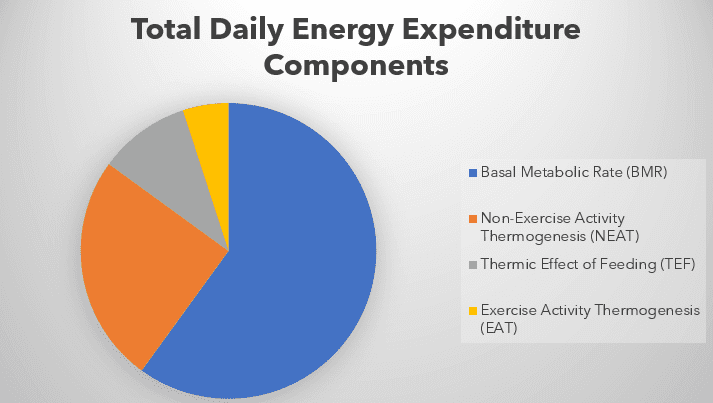
Calories In Vs Calories Out
The TDEE measurement might seem kind of arbitrary, like some scientist figured out how to estimate the amount of calories you would need on a daily basis just to flex their prowess and publish a paper. But when talking about why we gain fat in the first place it serves as a pretty important reference point.
In the top section I mentioned an “ideal scenario” whereby what we consume compared to what we expend is reasonably balanced. This is typically referred to as Calories In Vs Calories Out.
Imagine it as a see-saw where on one side you have consumption and the other you have expenditure. If the consumption is greater than expenditure, then storage occurs. On the other side if expenditure is higher than consumption it results in an energy deficit where stores must be used to make up the balance.
This has to do with something called thermodynamics. Like all fields of science, thermodynamics has laws that determine the basic principals. The first law of thermodynamics is “Don’t talk about thermodynamics”.
Not really – the first law of thermodynamics is actually that energy can’t be created or destroyed, only transferred.
That means when you consume calories something has to happen to them. The energy value of the food has to be transferred somewhere, somehow.
Should you consume more calories than the body requires to function, the energy is stored as adipose tissue in various locations around the body.
Can You Beat The System?
Of course. When I say that, I mean you can work within its boundaries and use the principals of TDEE and CICO to your advantage and get the result you’re after.
If you want to learn more about this and how to apply it to your goals, check out our Nutrition Coaching service and we can design and apply all of these principals to your goals.
If you’re confident in doing this yourself then you’re already on the right track. Estimate your TDEE, either through using an online calculator or getting a body composition scan.
From there, measure the amount of food you consume daily. If you’re trying to lose weight, you need to eat less than your TDEE. This, coupled with exercise is a powerful way to start transferring the energy from those fat stores into the blood stream to be burned off.
Don’t forget your protein though!
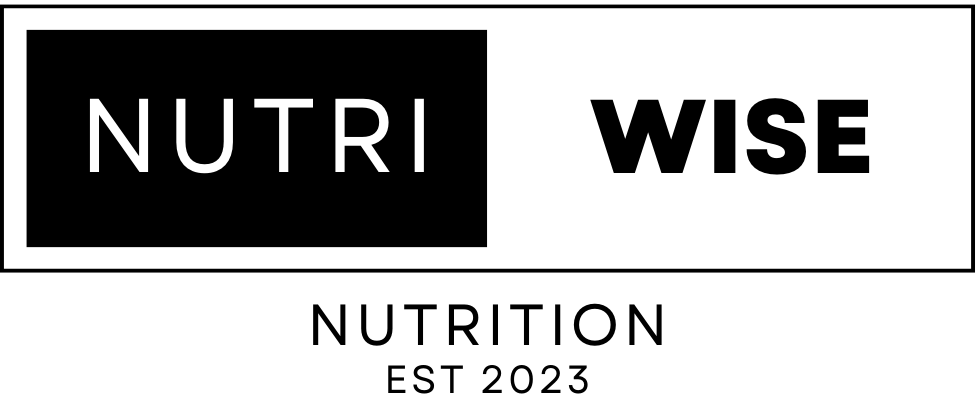
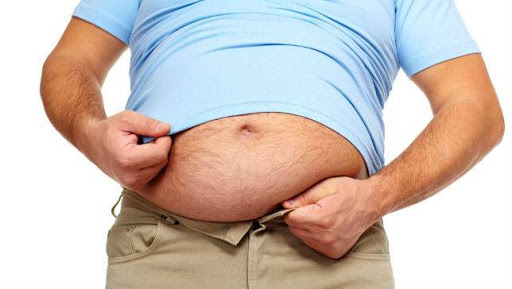
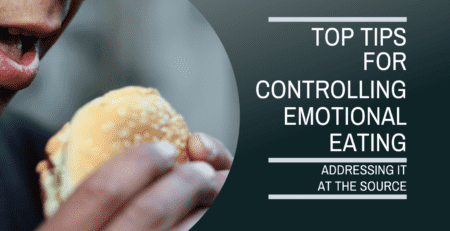

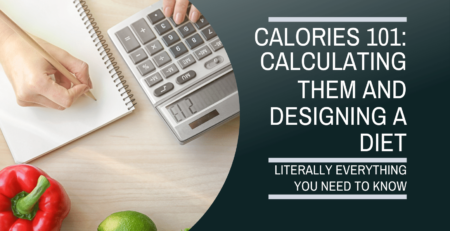

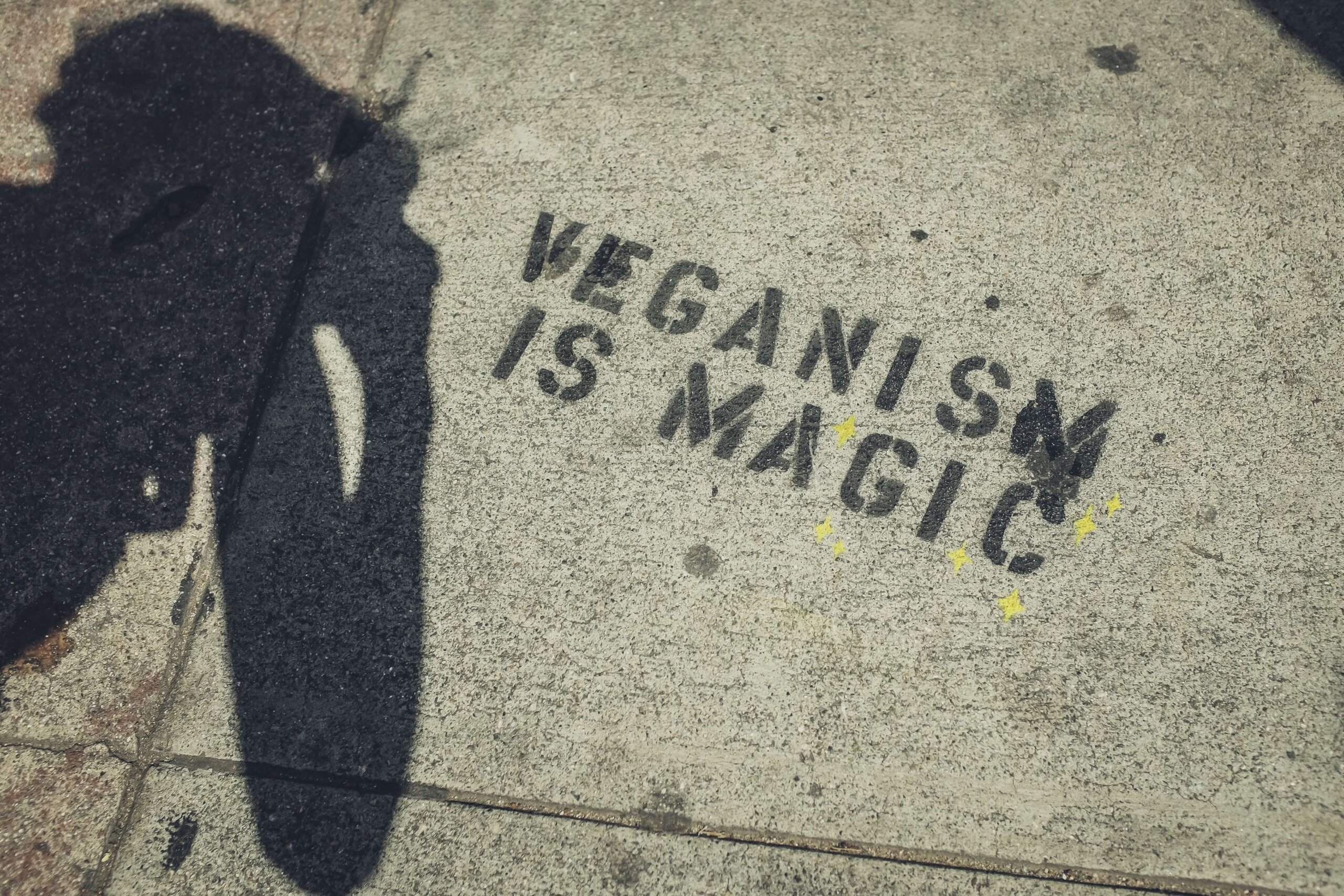
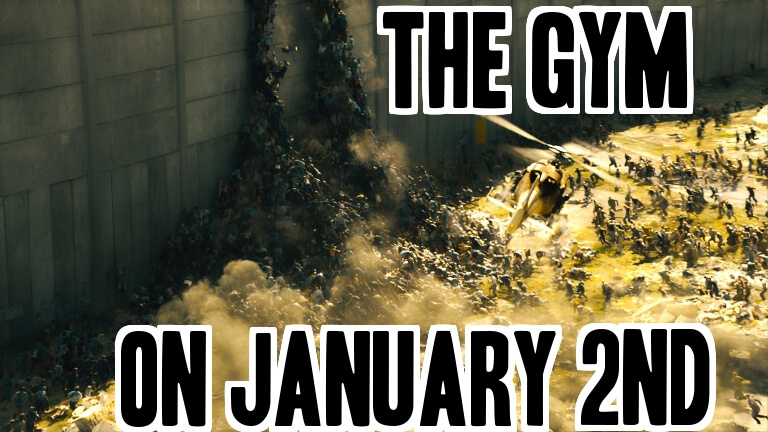

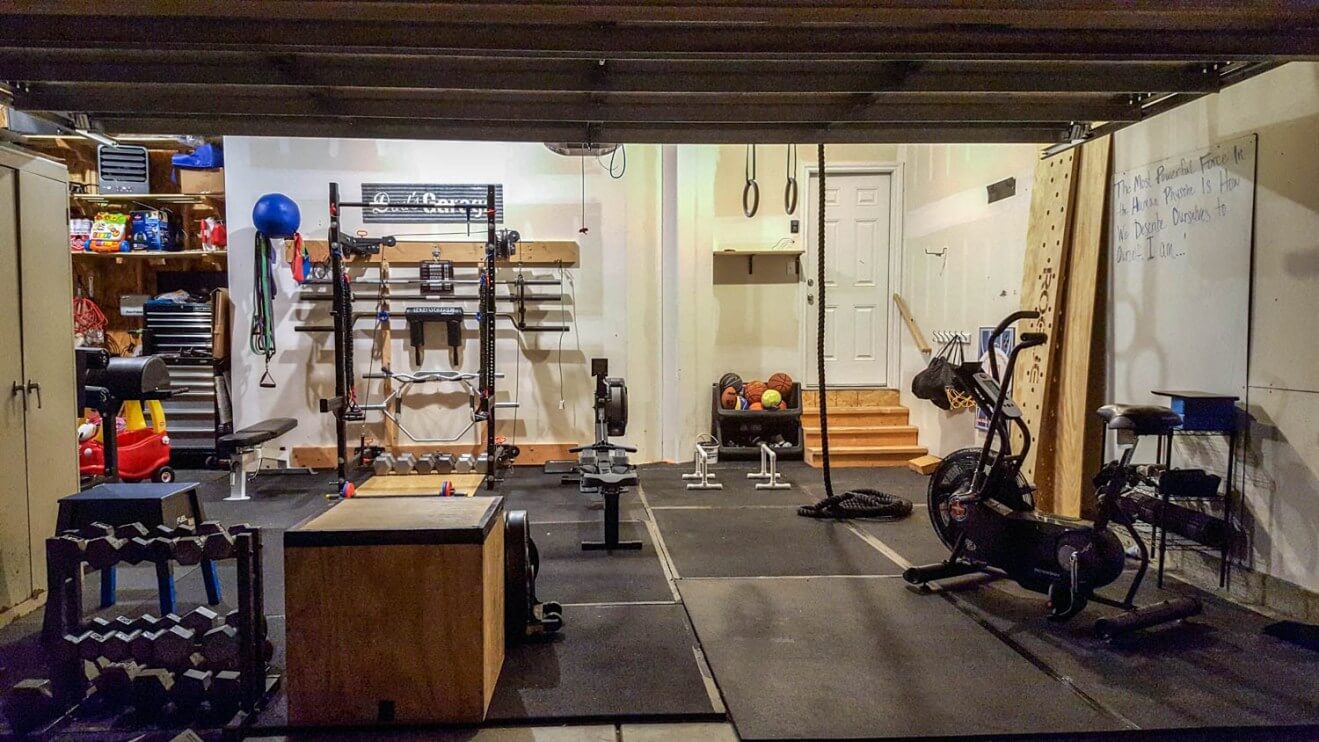

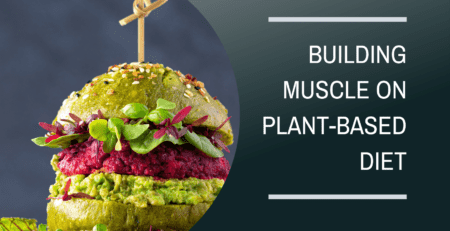
Leave a Reply
You must be logged in to post a comment.